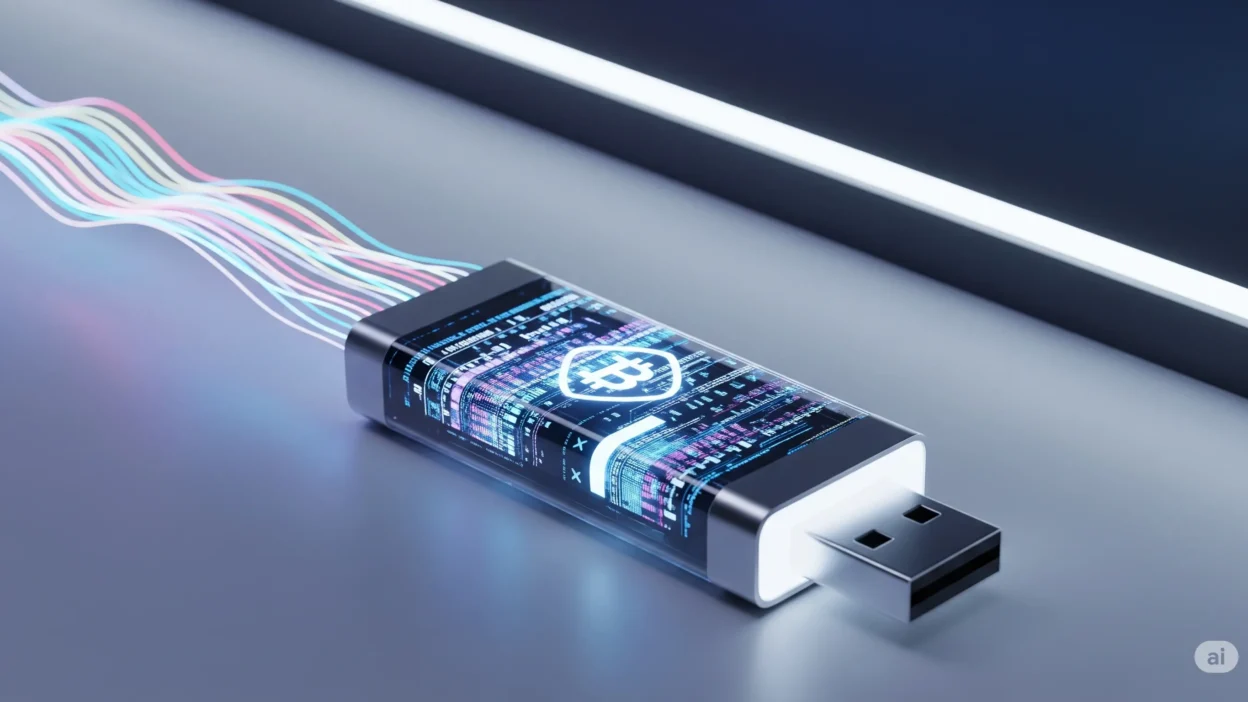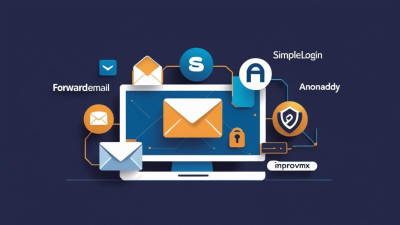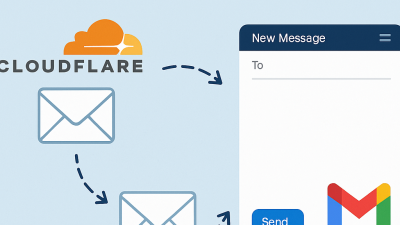In the ever-evolving world of cryptocurrency, security is paramount. We’ve heard the horror stories of hacks, scams, and lost funds. That’s why the concept of “cold storage” – keeping your precious digital assets offline – has gained so much traction. And for the budget-conscious crypto enthusiast, the humble USB stick often comes to mind as a potential DIY solution.
But is turning your everyday USB drive into a crypto vault a stroke of genius or a recipe for disaster? Let’s dive into the pros, cons, and crucial considerations before you entrust your digital fortune to a flash drive.
The Allure of the USB Wallet: Why the Idea Sticks
The appeal is undeniable:
- Budget-Friendly Entry: Compared to dedicated hardware wallets that can cost upwards of $50, a USB stick is often something you already own or can acquire for a few bucks. This makes cold storage seem accessible to everyone.
- Offline Security: The core principle is sound. By storing your private keys on a device that isn’t connected to the internet, you drastically reduce the risk of online attacks like hacking and malware.
- Portability and Familiarity: USB drives are small, easy to carry, and most of us are already comfortable using them.
The Cold Hard Truth: Risks and Caveats
However, before you rush to format that old USB drive, it’s crucial to understand the significant risks involved:
- Physical Vulnerability: Lose the USB stick, damage it with water or a sudden drop, or experience a simple hardware failure, and without a proper backup, your funds could be gone forever. Unlike specialized hardware wallets, standard USB drives aren’t built for robust, long-term data storage.
- The “Evil Maid” Scenario: If someone gains physical access to your unencrypted USB drive, they could potentially copy your wallet files and access your keys.
- The Moment of Truth: Connecting to a Computer: The very act of connecting your USB drive to an internet-connected computer to make a transaction introduces a window of vulnerability. If that computer is compromised with malware, your keys could be at risk. This is a key difference from hardware wallets that sign transactions within their secure element.
- User Error: The Biggest Threat: Setting up a secure cold wallet on a USB requires meticulous attention to detail. One wrong step, like saving your seed phrase on your computer or connecting to an untrusted network, can negate all the security benefits.
- Lack of Specialized Security Features: Unlike dedicated hardware wallets, USB drives lack the specialized secure elements and tamper-proof designs that offer a higher level of protection against sophisticated attacks.

DIY Done Right (If You Dare): Best Practices
If you’re still considering the USB route, proceed with extreme caution and follow these crucial steps:
- Dedicate a New USB Drive: Don’t use a drive that’s been used for other purposes.
- Offline Wallet Generation is Key: Generate your crypto wallet and its associated private keys and seed phrase on a computer that is completely offline. Consider using a secure, temporary operating system like a Linux live USB.
- Physical Seed Phrase Backup (Absolutely Essential!): Write down your 12, 18, or 24-word seed phrase on paper and store it securely in multiple, separate, and safe locations. Never store it digitally.
- Encrypt Your USB Drive: Use robust encryption software like VeraCrypt to password-protect the entire drive.
- Only Connect to Trusted, Offline Machines (Ideally): Minimize connecting your crypto USB to any internet-connected computer. For maximum security, consider using a dedicated, air-gapped computer.
- Understand Offline Transaction Signing: Learn how to conduct transactions by transferring unsigned transaction files to your offline USB computer, signing them, and then transferring the signed file back online.
- Regularly Consider Upgrading: Recognize that this is a DIY solution. As your crypto holdings grow, seriously consider investing in a dedicated hardware wallet for enhanced security.
The Verdict: Proceed with Caution or Consider the Alternatives
Turning a USB stick into a crypto wallet is possible, and for very small amounts and with meticulous security practices, it can offer a basic level of cold storage. However, it comes with significant risks and requires a high degree of technical understanding and discipline.
For the majority of cryptocurrency users, especially those holding substantial amounts, dedicated hardware wallets offer a much more secure and user-friendly solution. They are specifically designed for cryptocurrency security, with features like secure elements, tamper resistance, and streamlined transaction signing that minimize the risks associated with DIY solutions.
Think of it this way: while you could reinforce your front door with extra deadbolts yourself, a professionally installed security system offers a more comprehensive and reliable level of protection.
Ultimately, the decision is yours. But make it an informed one. Weigh the cost savings against the potential for devastating loss, and prioritize the security of your digital assets above all else.
What are your thoughts on using USB drives for crypto cold storage? Share your experiences and concerns in the comments below!





